Memberships and donations are rolling in
FOBIF wishes to thank all its members for the generous donations they have made both last financial year and this current year. In fact the donations received have totalled fifty percent of the membership payments.
Your generosity will enable FOBIF to continue with its projects to help keep the biodiversity of the Box-Ironbark Forests healthy and safe into the future.
If you haven’t yet paid your membership, forms are available here.
Certificate of Appreciation
Lisa Chesters, Federal Member for Bendigo, presented a certificate of appreciation to FOBIF in recognition of our contribution to strengthening community and supporting the volunteer sector as part of International Volunteer Day December 2015. These are fine words and well deserved – and it was appreciated by the FOBIF Committee on behalf of our members. Well done everyone!

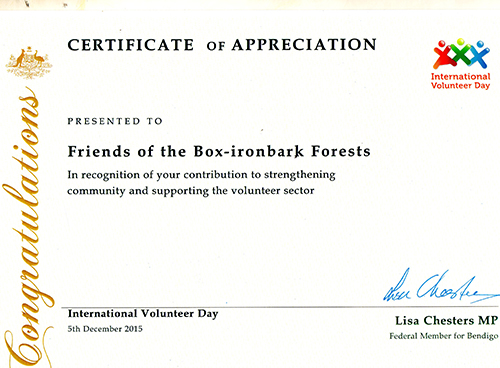
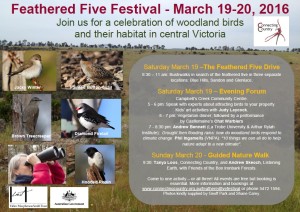
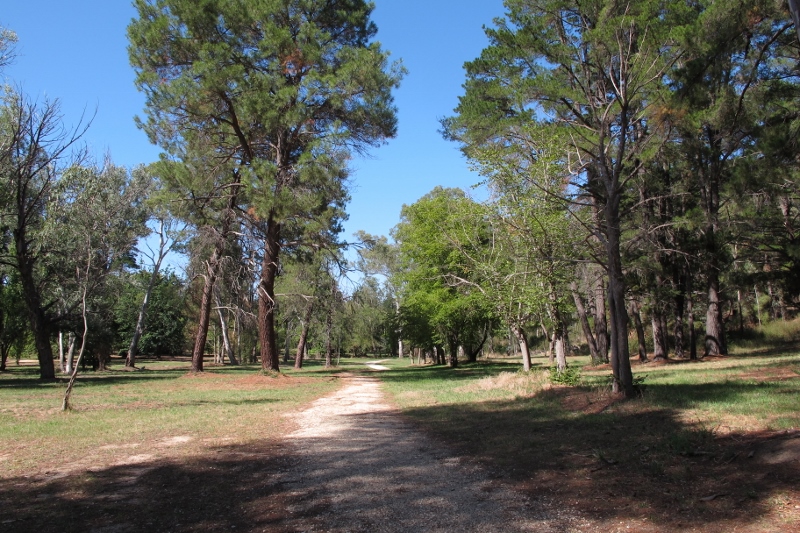
![Muckleford Creek at the Pyrenees Highway last Thursday. The creek was off its peak when Alex Wiggenraad took this photo. Parts of the shire got a heavy dump, others barely a drop: but the overall figures for the last 12 months [and the last 16 years] are dismal.](https://www.fobif.org.au/admin/wp-content/uploads/2016/01/muckleford-ck-28-1-16.jpg)
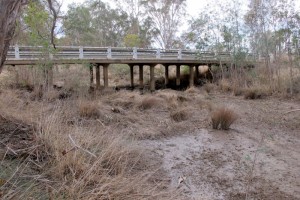
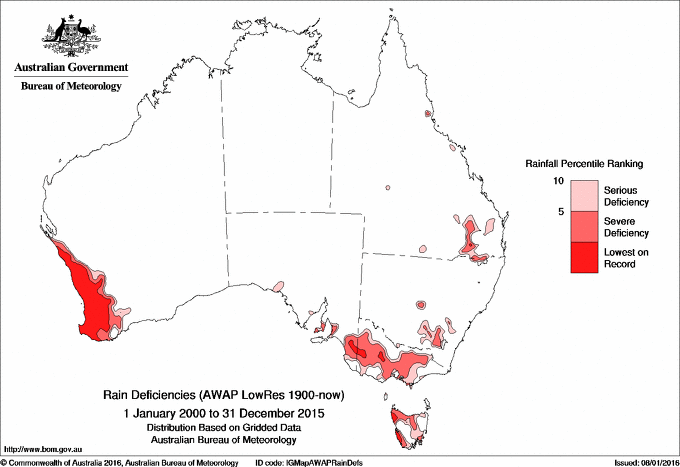
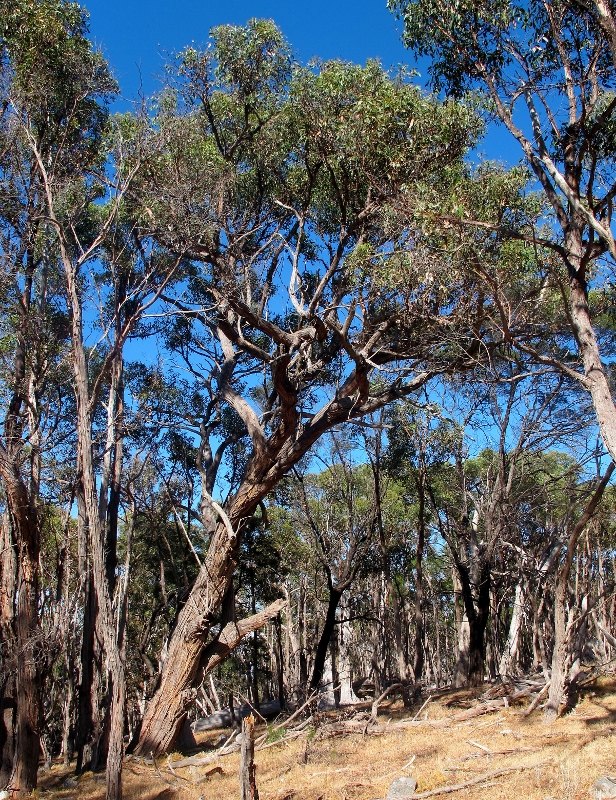
![Eucalyptus nortonii [L]and Eucalyptus melliodora [R] on a mullock heap at Spring Gully: vegetation can colonise surprisingly unpromising locations, and mullock heaps are among the more surprising.](https://www.fobif.org.au/admin/wp-content/uploads/2016/01/e-nortonii-e-melliodora-spring-gy-18-1-16-18-800x751.jpg)
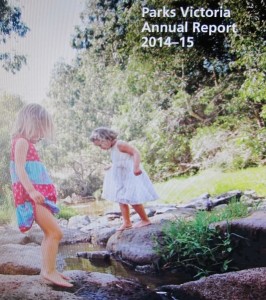
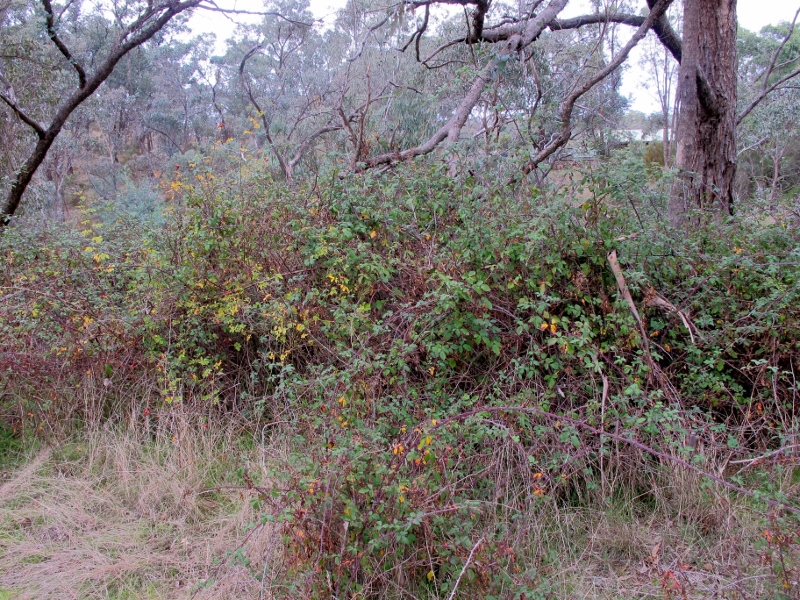



 Click on image for info/order page
Click on image for info/order page Click on image for info/order page
Click on image for info/order page Click on image for info/order page
Click on image for info/order page




















